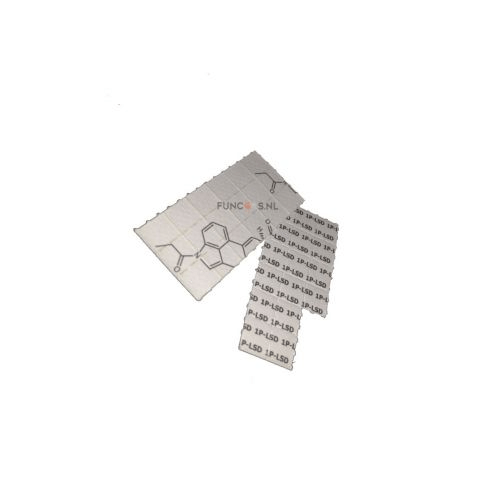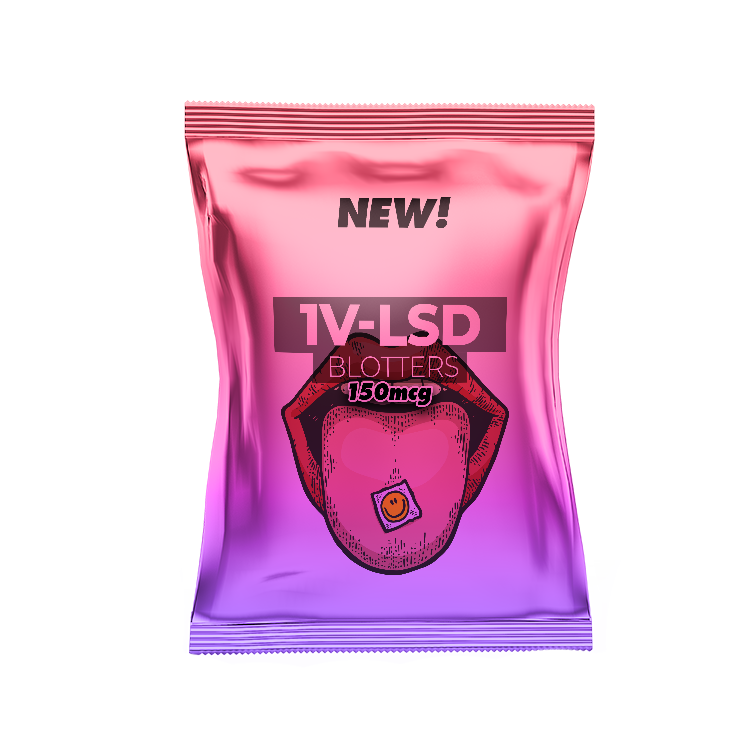Research Chemicals
Buy Research Chemicals Online
Research chemicals, also known as designer drugs, are synthetic substances developed for scientific and medical research purposes. They are typically modifications of naturally occurring compounds, designed to study their effects and potential therapeutic applications. Due to their novel structures, many research chemicals are not yet regulated, allowing researchers to explore their properties without legal constraints. However, it’s crucial to note that these substances are intended solely for laboratory research and are not approved for human or veterinary use.
Read More
🔬 What Are Research Chemicals?
Research chemicals are synthetic analogs of naturally occurring substances, created to study their effects and potential applications. They are often designed to be similar to controlled substances but with slight modifications to their chemical structure. This allows researchers to explore their properties and effects in a controlled environment. It’s important to note that these substances are not approved for human consumption and are intended solely for laboratory research purposes.
Note: buy research chemicals for scientific purposes only
Research chemicals can only be used for scientific purposes. This is due to the fact that these chemicals are not yet controlled by the Dutch government. There are also many similarities between research chemicals and chemicals that are on list I of the Opium Act. This means that they cannot be used, produced or sold. This is allowed when they are on list II of the Opium Act. These are substances that may also be used for medical purposes. Until research chemicals in the Netherlands are controlled by the government, they can only be used for scientific purposes.
🧪 Popular Research Chemicals Available
At ResearchChemicalsforsale.com, we offer a diverse range of high-quality research chemicals, including:
-
4F-Ritalin (4F-MPH): A stimulant closely related to methylphenidate, used to study attention and focus mechanisms.
-
2-MMC: A synthetic cathinone similar to 3-MMC, known for its stimulant and empathogenic effects.
-
2F-Ketamine (2-FDCK): A dissociative anesthetic with effects akin to ketamine, utilized in neurological research.
-
MDPiHP: A synthetic cathinone that acts as a dopamine and norepinephrine reuptake inhibitor, studied for its stimulant properties.
-
Flubromazepam: A benzodiazepine analog investigated for its anxiolytic and sedative effects.
⚠️ Important Considerations
-
Intended Use: All research chemicals are strictly for laboratory research purposes.
-
Legal Compliance: Ensure that the purchase and use of these substances comply with local laws and regulations.
-
Safety: Handle all chemicals with appropriate safety measures, including proper storage and disposal.
-
Purity and Quality: Our products undergo rigorous laboratory testing to ensure high purity and quality.
✅ Why Choose ResearchChemicalsforsale.com?
-
Extensive Selection: We provide a wide array of research chemicals to cater to various scientific studies.
-
Quality Assurance: All products are laboratory-tested for purity, ensuring reliable results in your research.
-
Discreet Shipping: Orders are packaged discreetly to maintain confidentiality.
-
Secure Payment Options: We offer safe and convenient payment methods for your transactions.
Buy your high-quality research chemicals online
When you want to do scientific research, and you want to order research chemicals for this, you can easily buy them at Funcaps. You first have to make a choice which research chemicals you think you need. These will then be placed in your shopping cart. Then you can check out, and you have placed your order. If you place your order before 16:30, it will be sent on the same working day. So you can quickly get started with your laboratory-tested research chemicals! At Funcaps we do not only sell research chemicals, but we also sell articles that you can use for personal use. You can think of pleasure products for in the bedroom, different herbs and seeds or vape products.
🛒 Order Now
Visit ResearchChemicalsforsale.com to browse our full catalog of research chemicals. Place your order today and advance your scientific research with our high-quality products.
Disclaimer: The substances offered are for research purposes only and are not intended for human consumption. Ensure compliance with all applicable laws and regulations before purchasing.
-
1B-LSD Blotters – 125mcg
Price range: $50.00 through $300.00Buy 1B-LSD online for advanced research. Get premium 1B-LSD blotters with guaranteed purity for studying serotonin receptors, consciousness, and therapeutic…Select options This product has multiple variants. The options may be chosen on the product page Compare -
1cP-LSD Blotters – 100mcg
Price range: $50.00 through $270.00Looking to buy 1cP-LSD blotters online? Get premium-quality 1cP-LSD blotters (100mcg) for advanced psychedelic research. Ensure 99% purity, lab-tested compounds,…Select options This product has multiple variants. The options may be chosen on the product page Compare -
1cP-LSD Micro Blotters
Price range: $50.00 through $300.00Looking to buy 1cP-LSD micro blotters online? Get high-quality 1cP-LSD micro blotters (20mcg) for psychedelic research. With 99% purity, lab-tested…Select options This product has multiple variants. The options may be chosen on the product page Compare -
1cP-LSD Micro Blotters – 20mcg
Price range: $50.00 through $300.00Looking to buy 1cP-LSD micro blotters online? Get high-quality 1cP-LSD micro blotters (20mcg) for psychedelic research. With 99% purity, lab-tested…Select options This product has multiple variants. The options may be chosen on the product page Compare -
1cP-LSD Micro Pellets – 10mcg
Price range: $30.00 through $350.00Buy 1cP-LSD micro pellets online? Get premium-quality 1cP-LSD micro pellets (10mcg) for advanced psychedelic research. Fast and secure shipping. Order…Select options This product has multiple variants. The options may be chosen on the product page Compare -
1cP-LSD Micro Pellets – 10mcg
Price range: $30.00 through $350.00Buy 1cP-LSD micro pellets online? Get premium-quality 1cP-LSD micro pellets (10mcg) for advanced psychedelic research. Fast and secure shipping. Order…Select options This product has multiple variants. The options may be chosen on the product page Compare -
1cP-LSD Pellets Online – 150mcg
Price range: $64.00 through $420.00Looking to buy 1cP-LSD pellets online? Get high-quality 1cP-LSD pellets (150mcg) for advanced psychedelic research. Fast, secure shipping and discreet…Select options This product has multiple variants. The options may be chosen on the product page Compare -
1D-LSD Blotters – 150mcg
Price range: $44.00 through $299.00Looking to buy 1D-LSD blotters – 150mcg online? Get high-quality 1D-LSD blotters for advanced psychedelic research. Precision dosing, pure compounds,…Select options This product has multiple variants. The options may be chosen on the product page Compare -
1P-LSD Blotters – 100mcg
Price range: $44.00 through $299.00Looking to buy 1P-LSD blotters online? Get premium-quality 1P-LSD blotters (100mcg) for psychedelic research. With 99% purity and fast, secure…Select options This product has multiple variants. The options may be chosen on the product page Compare -
1P-LSD Micro Blotters – 20mcg
Price range: $20.00 through $100.00Looking to buy 1P-LSD micro blotters online? Purchase 20mcg 1P-LSD micro blotters for precision microdosing in neuroscientific and pharmacological research.…Select options This product has multiple variants. The options may be chosen on the product page Compare -
1P-LSD Pellets – 150mcg
Price range: $64.00 through $420.00Looking to buy 1P-LSD pellets online? Purchase 150mcg 1P-LSD pellets for precision dosing in neuroscientific and pharmacological research. High-quality, secure…Select options This product has multiple variants. The options may be chosen on the product page Compare -
1V LSD Blotters – 150mcg
Price range: $50.00 through $300.00Looking to buy 1V LSD blotters online? Order 150mcg 1V-LSD blotters for advanced scientific research. Our high-quality, pure blotters are…Select options This product has multiple variants. The options may be chosen on the product page Compare -
1V-LSD Micro Pellets – 10mcg
Price range: $30.00 through $350.00Looking to buy 1V-LSD micro pellets online? Order 10mcg 1V-LSD micro pellets for precision microdosing and advanced psychedelic research. Our…Select options This product has multiple variants. The options may be chosen on the product page Compare -
1V-LSD Micro Pellets – 10mcg
Price range: $30.00 through $350.00Looking to buy 1V-LSD micro pellets online? Order 10mcg 1V-LSD micro pellets for precision microdosing and advanced psychedelic research. Our…Select options This product has multiple variants. The options may be chosen on the product page Compare -
1V-LSD Pellets – 225mcg
Price range: $125.00 through $800.00Looking to buy 1V-LSD pellets – 225mcg online? Our high-precision 1V-LSD pellets are perfect for advanced psychedelic research and neuroscientific…Select options This product has multiple variants. The options may be chosen on the product page Compare -
2-FA Pellets – 60mg
Price range: $60.00 through $520.00Buy 2-FA pellets online in Norway for advanced research. Our 60mg high-purity 2-Fluoroamphetamine pellets are ideal for neuroscience, pharmacology, and…Select options This product has multiple variants. The options may be chosen on the product page Compare -
2-FA Powder
Price range: $215.00 through $2,000.00Buy 2-FA powder online in Norway for your advanced research projects. Our high-purity 2-Fluoroamphetamine powder is perfect for neuroscientific, pharmacological,…Select options This product has multiple variants. The options may be chosen on the product page Compare -
2-FDCK
Price range: $260.00 through $4,300.00IUPAC: (R/S)-2-(2-fluorophenyl)-2-(methylamino)cyclohexanone Appearance: Crystals Clear Purity: 99%Select options This product has multiple variants. The options may be chosen on the product page Compare -
2-FEA Pellets – 60mg
Price range: $45.00 through $700.00Buy 2-FEA powder online in the Netherlands for scientific research. Get high-purity 2-FEA powder for advanced studies in neuroscience and…Select options This product has multiple variants. The options may be chosen on the product page Compare -
2-FMA Pellets – 50mg
Price range: $45.00 through $700.00Buy 2-FMA pellets online in the Netherlands for scientific research. Get high-purity 2-FMA pellets (50mg) for advanced studies in neuroscience,…Select options This product has multiple variants. The options may be chosen on the product page Compare


















